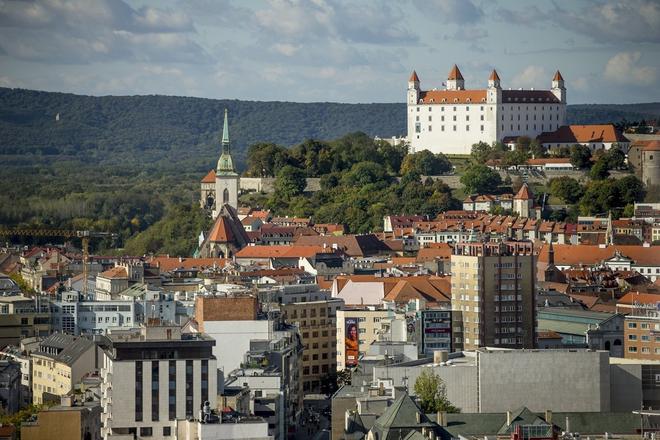Having a permanent residence in eastern Slovakia and working in Bratislava is not a unique scenario. Analysts from the Institute for Financial Policy (IFP), running under the Finance Ministry, tried to calculate the economic impacts of such a lifestyle.
In their recent analysis, they took a look at the so-called habitual residence, which reflects the centre of economic life and population flows.
Regional capitals are the main magnets
The analysis suggests that nearly every 10th Slovak stays outside the place of their permanent residence. The highest inflow of people is recorded by regional capitals and municipalities situated close to the industrial parks.
The total number of people in Slovakia with different permanent and habitual residence is 461,000, or 9 percent of the total number of inhabitants.
The highest difference between the identified habitual and permanent residence is mostly in regional capitals that also serve as catchment areas. In Bratislava, for example, there are 66,000 additional inhabitants.
Other economic centres include, apart from regional capitals, Lozorno (Bratislava Region) and Galanta (Trnava Region), because of the nearby industrial parks.
As for the regions, the most popular is Bratislava Region with a dominant capital city, which attracts people from all regions in Slovakia. The most visible inflow of people is reported by Trnava Region, mostly due to the high number of people commuting to work.
As for regional migration, the most significant movement patterns have been spotted between Košice and Prešov. As for the movement between the other regions, this occurs mostly due to their proximity to one another, according to IFP.
Seeking education and jobs
People most frequently commute for a job and school. These people represent 56 percent of the total number of movements across the country. Usually, there is a university situated in the regional capital that attracts students.
Moreover, bigger towns and cities offer more job opportunities and higher salaries.
The highest inflow is reported by Bratislava, representing 66,000 people.
The negative difference between the permanent and habitual residence is reported by the satellites, whose inhabitants often leave for the cities in their catchment areas. A specific category is represented by economically less dynamic municipalities, which people leave for better jobs and higher salaries, according to IFP.
Impact on taxes
Some smaller municipalities, as well as the biggest cities, have space to improve the efficiency of their administration, which would bring them €181 million-€316 million a year. The space is bigger in the case of municipalities with fewer inhabitants.
The change of permanent residence of people who migrate within the country would also have an impact on the redistribution of income taxes for municipalities and self-governing regions, according to IFP.



 Bratislava (source: SME)
Bratislava (source: SME)